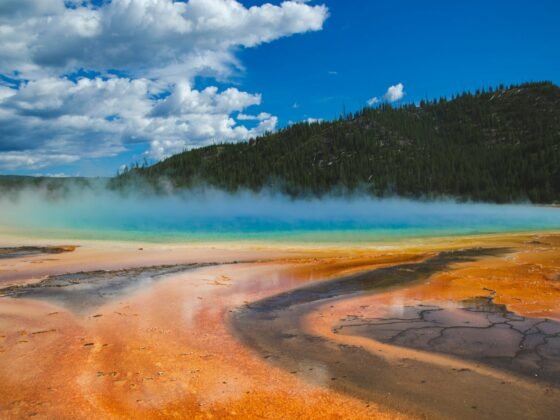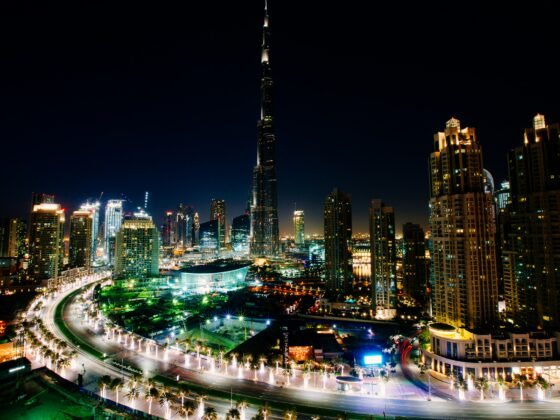Pretty Girona is one of the major Catalan cities which at just an hour northeast of Barcelona often gets overlooked but with opulent churches, quaint cobbled streets and exquisitely colourful houses, this is one gem that is well worth a look on your next trip to Spain. This is our quick travel guide to Girona in Spain.
Explore the Call – Girona’s Call, aka medieval Jewish quarter, is the best preserved example within Catalonia, although the district in Barcelona was larger. Girona’s version has been carefully maintained as a valuable insight into the history of the city. Don’t miss the Museum of Jewish History which offers a fascinating insight into Jewish culture.
Museum of Cinema – This intriguing museum in housed in heat of the Mercadel district in the historic former Casa de les Aigües building and boasts and impressive collection of pre cinema works from Tomàs Mallol.
Houses on the River Onyar – The most enduring image of Girona has to be the brightly coloured houses that line that Onyar River which runs through the heart of the city. Some are pen to the public, such as the Casa Masó. Either explore the steep alleyways and porticoed squares and streets on foot or take in the splendour on a boat trip along the Onyar – sunset is a particularly magical time.
The Força Vella – Medieval Girona dates back more than 2,000 years and the best examples of this period can be seen within the two fortified areas of the city – the Medieval Quarter and the Força Vella. This mighty fortress was built by the Romans in 1BC surrounded by an acropolis-like perimeter. It’s incredibly well preserved and much of the walls remain.
Girona Cathedral – Dating back to the 11th century, this is one of the oldest structures in Girona. Located in the very heart of Força Vella (see above) is pans many different styles architecturally, from the Romanesque Charlemagne tower and cloisters to the façade and steps which are in Baroque style. Don’t miss the 15th century Gothic nave, which at 23 metres wide is absolutely breathtaking.
Girona History Museum – The 18th century Capuchin monastery that houses this history museum is as much of interest as the actual exhibits inside. As you’d expect the history of Girona is covered; from the establishment of the Roman settlement in the first century right through to independence in 1975. Don’t miss the original cloisters, cistern and specially themed rooms.
Arab Baths – These particular baths were built in the 12th century and were no doubt inspired by the ancient Roman Baths that dotted the city during earlier occupation. You can still see the changing rooms and central swimming pool which is topped by a magnificent cupola standing atop ornate columns.
Sant Pere de Galligants and Sant Nicolau – There are countless magnificent churches, basilicas and cathedrals dotted throughout Girona and the finest example has to be that of Sant Pere de Galligants and Sant Nicolau. The grandeur is of these 12th century marvels has been carefully preserved and the highlight is undoubtedly the cloisters within the Benedictine monastery which serves as a museum along with exhibits on display at the Romanesque Sant Nicolau church.
Girona Festivals and Events – There’s something going on all year round in Girona, from cultural events to traditional festivals, which are all steeped in heritage;
- 5 January – Parade of the Three Kings – the kings ride through the city and greet local children
- March – Gastronomy Week – Local cuisine is highlighted at this week long festival which seriously whets the appetite – huge things are expected of the city that is home to the best restaurant in the world!
- 23 April – St George’s Day – Catalan culture is celebrated as book and flower sellers take to the streets
- October – St Narcissus’ annual Fair and Festival – Expect a large trade fair, a colourful carnival, street fairs and traditional markets, there are also fireworks and lively musical performances
Image credit; JohnnyOneSpeed CC ASA 3.0












